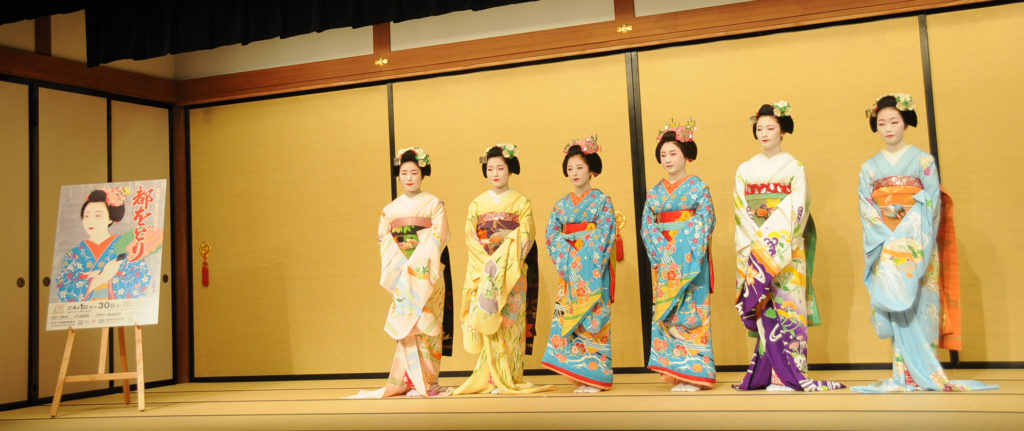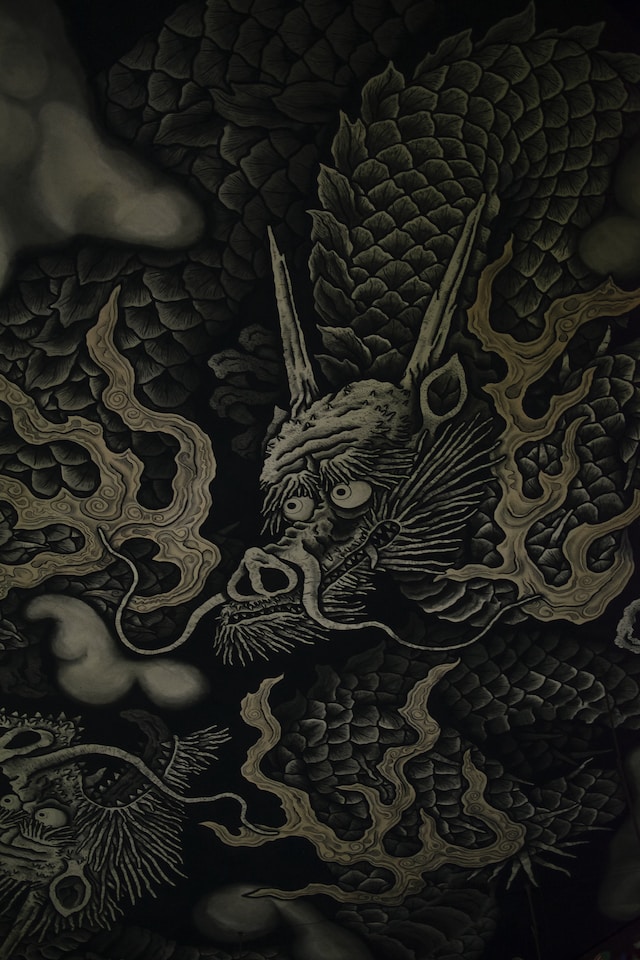After all I’ve been through in 2023, there’s one positive thing coming out of it: I lost 25 kg. Doing this was on my 50 by 50 list and I’m so proud of this achievement!
Interestingly, even though I did it mostly by cutting calories, aka: eating less, I didn’t even feel hungry most of the time. I tried not to have any sweets at home, and it really helped with the cravings. Only towards the end of the diet did I feel as if I would finally touch the substance – in other words: losing muscle – but overall, I think I did okay.
The benefits are obvious: Physically, I’m feeling so much better now! First and foremost, my arthritis has become much less painful. On some days, I can walk fairly long distances without feeling a thing. Funny how much we take a functioning body for granted! I also feel more attractive overall, which is a great boost in confidence. I don’t expect this to change my introverted ways, though.
At the same time, losing all this weight in a relatively short period of time has created the negative side effect that I now need a completely new wardrobe. And the most interesting part of going shopping now is that I need to completely re-evalue my body’s size and boundaries. My underlying body shape hasn’t changed, of course, but I cannot remember a single time in my adult life when I was this thin.
I’ve always been chubby, more or less, and my approach to clothes was: “Let’s not draw too much attention to certain… well, most of the parts.” Over the years, I had perfected a uniform of bright tops with dark wide pants to hide under.
But that has changed. My legs look quite good now, I can check the scales without bending to gaze beyond my belly, and my stomach looks almost flat from the side (okay, on good days only. 😉 ) A friend of mine remarked that I had cut myself in half over the last year, and when I hugged another one, she commented on a surprising lack of boobage…
All this to say: Suddenly, I’m not so sure what fits me anymore, and yes, I have to admit that I’m vain enough to want to look good, and not just for Mr. TDH. At least my tops won’t change much; I’ve discovered the “Lady Tee” years ago and never looked back. But bottoms? Flared jeans seem to look good now that they sit beautifully on my newly separated thighs. Or maybe I should start experimenting with skirts? *gasp*
Sizing is a whole different issue. 20 years ago, there was a meaning behind clothing sizes that didn’t change according to the whims of the manufacturer. Today, where the size numbers have been replaced by random interpretations of the alphabet, you’re essentially on your own. For example, I bought a wonderful red knit dress and some super sexy flared jeans that both fit to a T – one is size S, the other an XL.
So, while essentially looking to replace most of my wardrobe, there will be lots and lots of try-on and error experiences involved. And I’m not looking forward to this…








